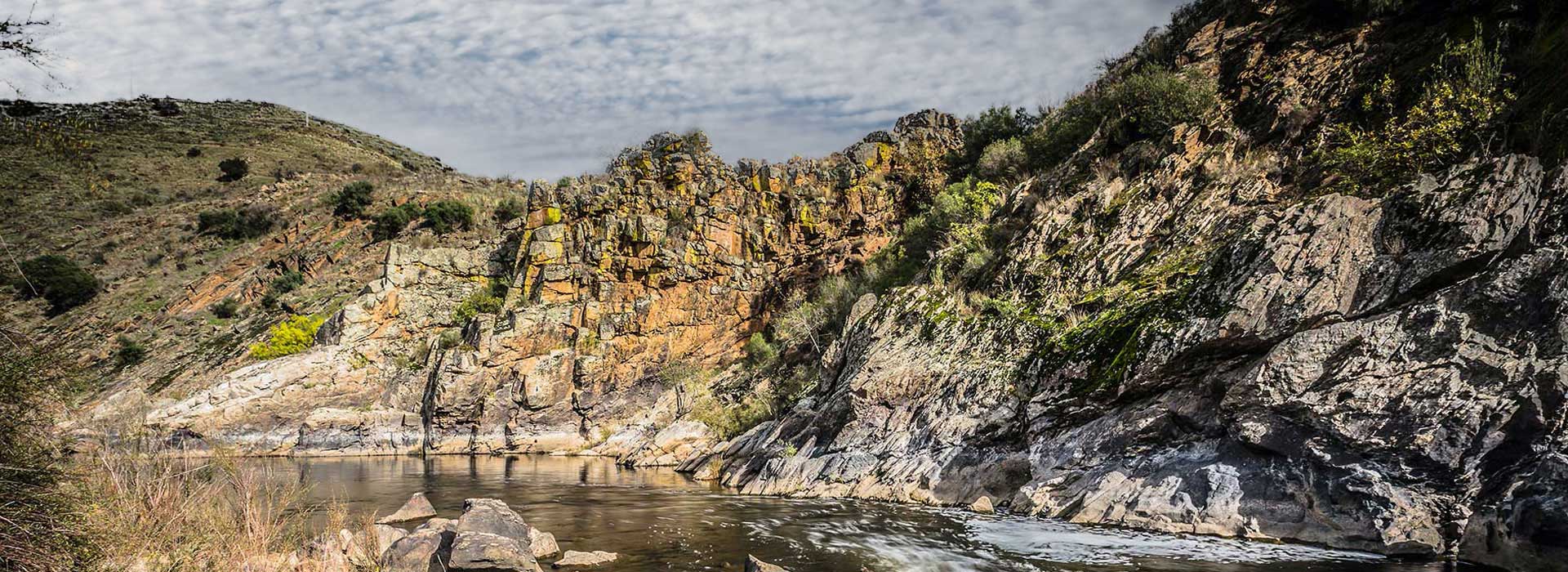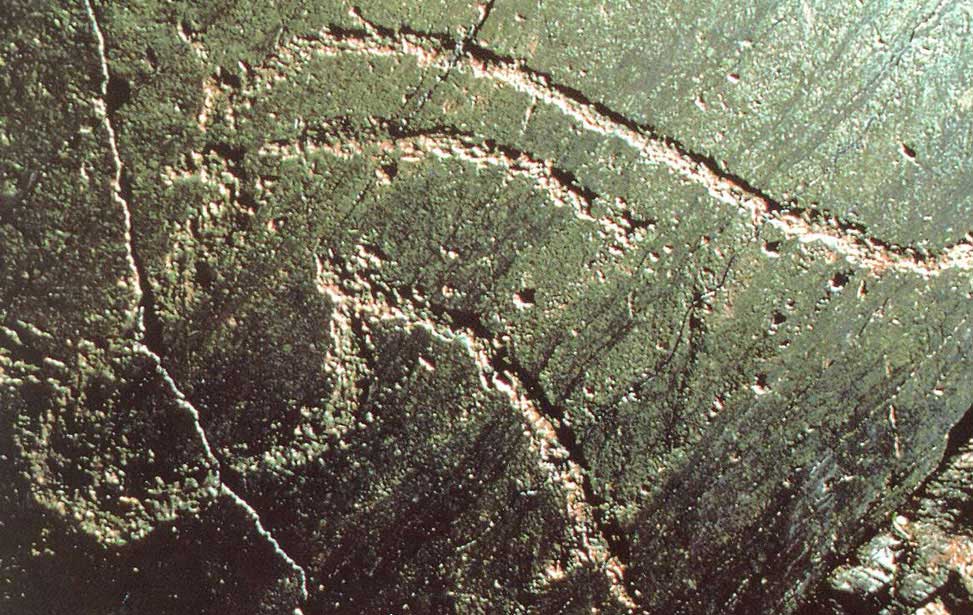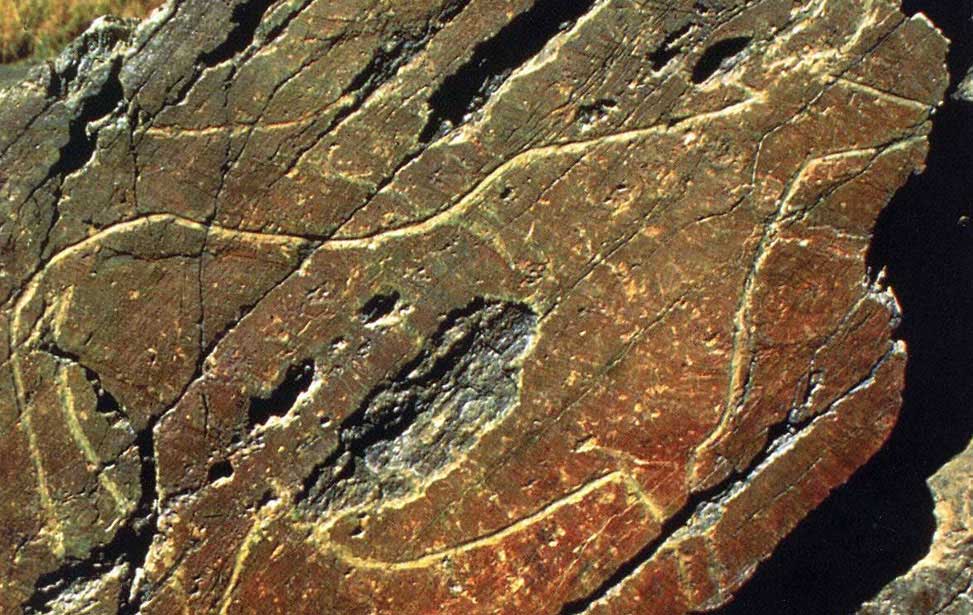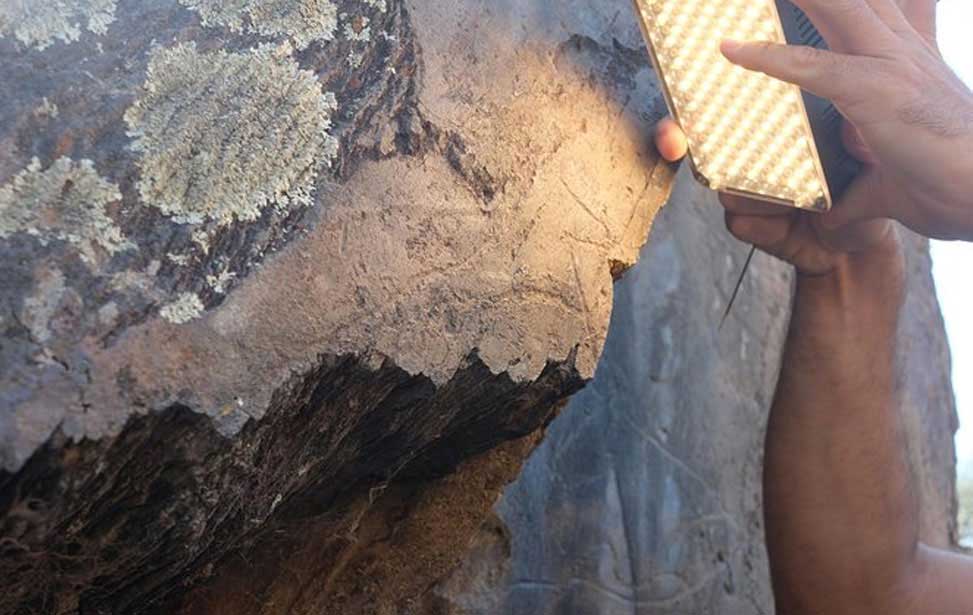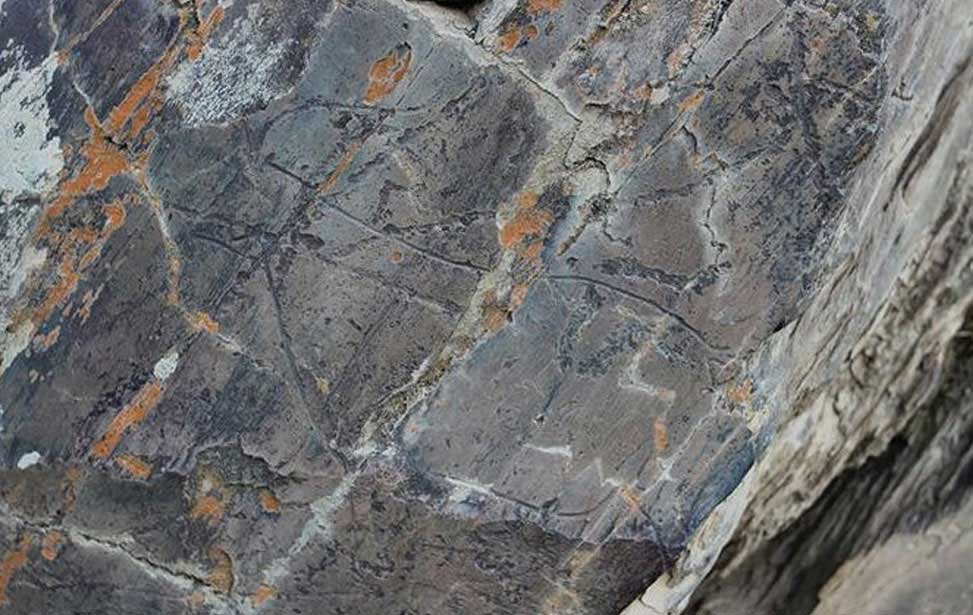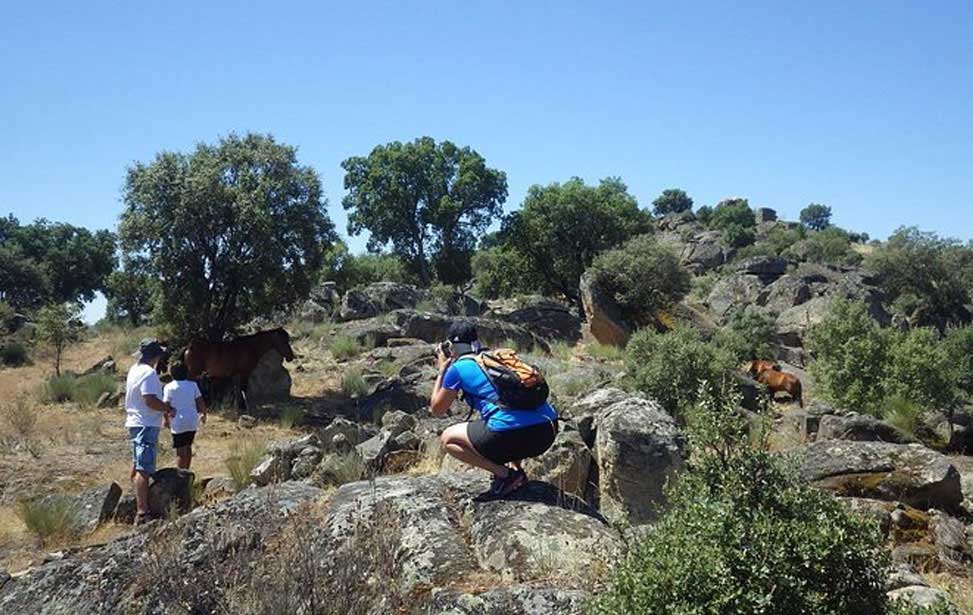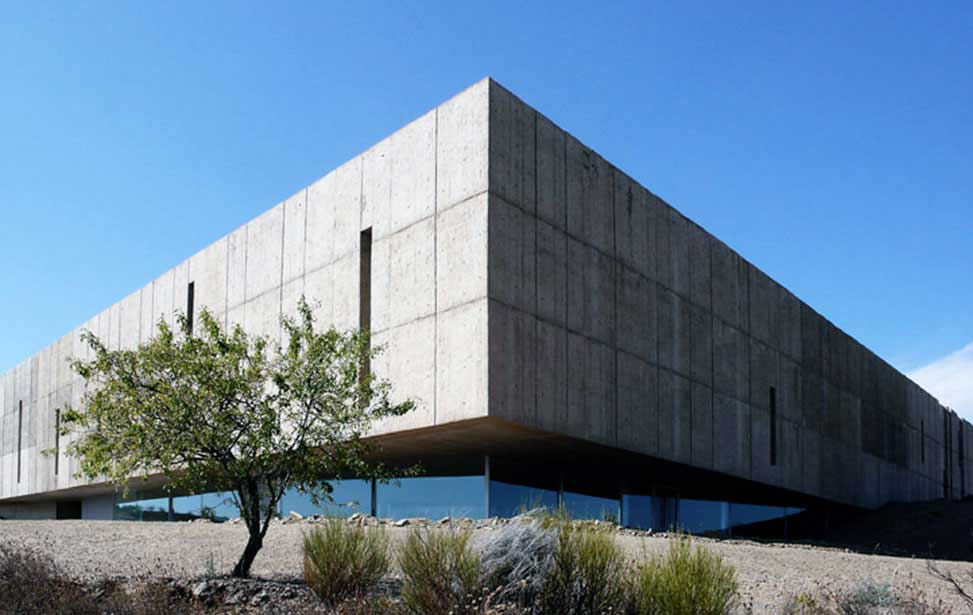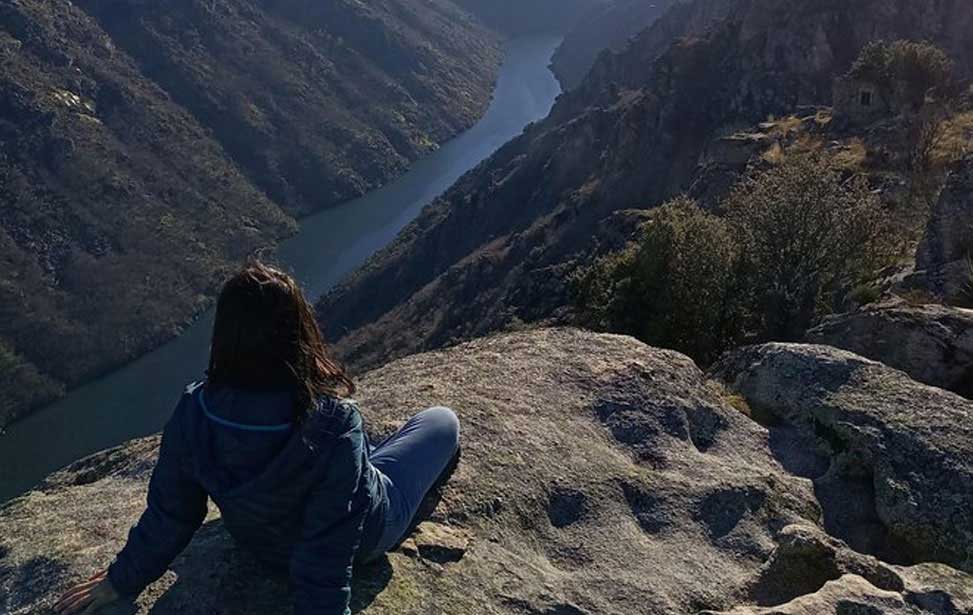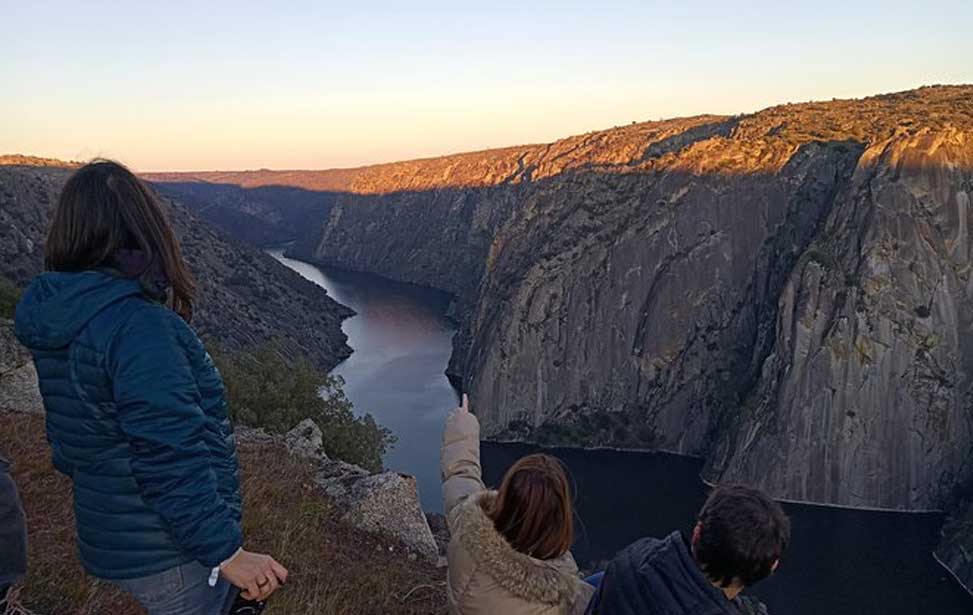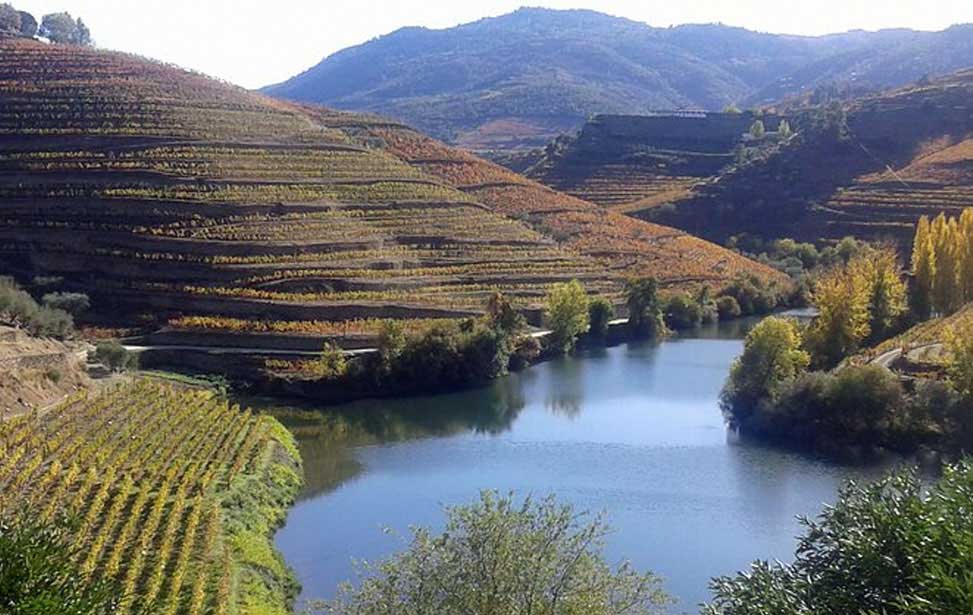THE CÔA VALLEY ARCHAEOLOGICAL PARK
(PARQUE ARQUEOLÓGICO DO VALE DO CÔA)
The Archaeological Park of the Côa Valley (Parque Arqueológico do Vale do Côa – PAVC) is siturated in the Alto Douro close to the confluence of the river Cõa with the Douro. The site is a rare glimpse back into ancient times when our prehistoric ancestors carved the animals they hunted on rock walls. MADABOUTPORTUGAL.COM is your definitive guide to this somewhat remote yet fascinating Archaeological Park, how to get there, what to see and how to secure a booking before you arrive.
INTRODUCTION TO THE ARCHAEOLOGICAL PARK OF THE CÔA VALLEY
During the construction of a dam in the Côa River valley in the 1990s, close to the frontier with Spain, a series of prehistoric rock engravings were uncovered. The site was deemed of such great importance that work on the dam was cancelled and the site was given protective status. The precious rock art consists of thousands of inscribed rock drawings depicting horses, bison, deer, goats and other creatures, also human figures and abstract pictographs, dating from 22,000 to 10,000 years BC.
The Archaeological Park of the Côa Valley (Parque Arqueológico do Vale do Côa – PAVC) was created to give access to visitors, and to preserve and study the engravings. A museum was also constructed here following an international design contest.





